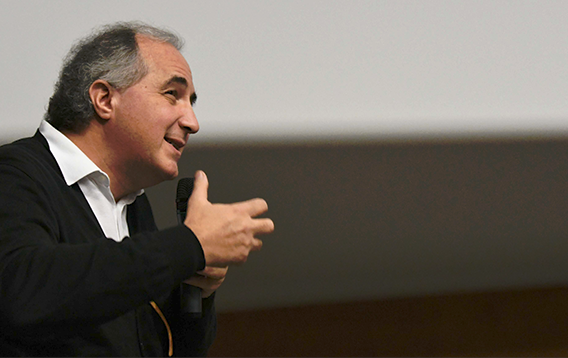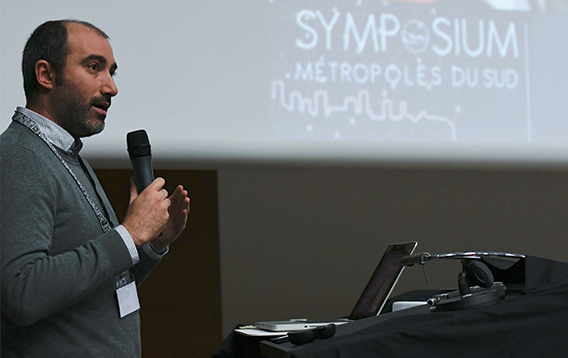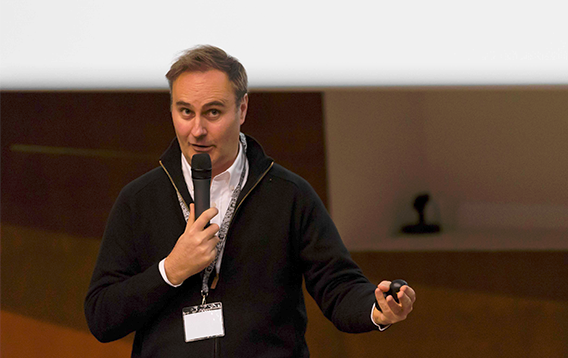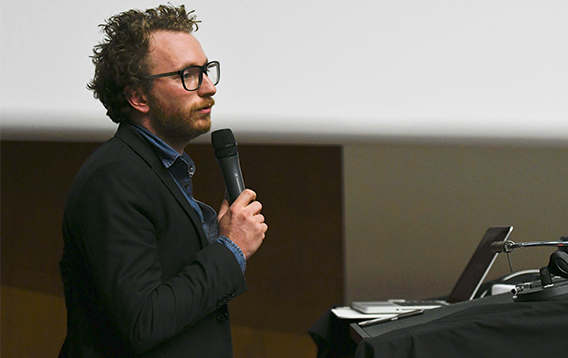
The dictionary that was written more or less in 1998 by a group of people trying to explain what the digital society is to the digital architecture…
The dictionary that was written more or less in 1998 by a group of people trying to explain what the digital society is to the digital architecture. At the end, also, adaptability and flexibility is for example the responsive reactive action of creating more plural and complex scenarios able to combine, innovation, interaction and information. At the end of the 70s and at the end of the 80s corresponds more or less to a reaction with the crisis of planning. That was in fact kind of a situation of crisis in the suburbs from the idea of the metropolitan dream to the idea of a rational organization to an organic organization. All these at the end of the 20 century were demonstrating the difficulties of all disciplines, also the modern disciplines to understand this complex process of cities. Urban uses culture, urbanistic culture, urban official culture try to test three models adapt to the situation. Three models in this area of the 70 to the beginning of 20. The revisionist model more or less in the postmodern period in the 60. The second model is the developistic, or if you want the structuralistic that is not necessary to link with the memory. The big structure is a net, the capacity to structurate the mobility, the structural mobility and a second parallel was materialistic, structuralist, the standards, infrastructures of the metropolitan expansion. The period was more or less economistic, objecstic. It is difficult to manage the situation with the past. This is not very comfortable to link it at the past. Perhaps we can manage the processes of the past, it is the quality of the past. These ideas to collect economics points and urbanism are very link to economy, to urban marketing with big events with the brand, to the branding. The 20ies was another model very official also. The idea of objectual, we can do kind of acupuncture urbanistic and metastasis of quality. The inhabitants are in a more global situation but better criterion actions and link with the digital area. Information, interaction, reactivity, linked with more reactive urban strategies, based, non on objects but on relationships. We are passing from smart cities to the bottom up smart cities to bottom up process and this is the capacity to have interactivity. We are talking about the possibility to talk with the collectivity, participatory, co productivity, elements in capacity to explore elements not only environmental, not only ecological. This is the capacity to manage the immaterial connection, the processes that produce physical statements in the city. The vision, perception, and how to manage this thing are not always physical.
by Manuel Gausa
UNIGE



